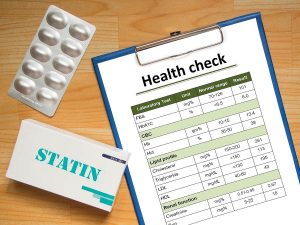
It’s a little known health condition that can become a nightmare: Regular and sudden episodes of intense nausea and vomiting. Now, new clinical guidance urges people to take notes and speak up if they think they have the condition, known as cyclic vomiting syndrome (CVS). About 2% of people experience CVS, but it can take years before they receive a diagnosis, the new guidance from the American Gastroenterological Association says. “A diagnosis is a powerful tool. Not only does it help patients make sense of debilitating symptoms, but it allows healthcare providers to create an effective treatment plan,” said guidance author Dr. David Levinthal, director of the neurogastroenterology & motility center at the University of Pittsburgh Medical Center. Episodes of CVS involve nausea, vomiting and retching that can last for days, followed by long periods without an intense attack, experts said. People with mild cyclic vomiting syndrome can experience fewer than four episodes per year, lasting less than two days. Those with more severe CVS might suffer many drawn-out episodes in any given year, some requiring hospitalization or an ER visit, researchers said. Currently about half of patients with CVS need an ER visit at least once a year, and one-third become disabled by the condition. Between episodes, patients don’t have any repetitive vomiting, but they might experience symptoms like nausea and indigestion, researchers said.… read on > read on >











-150x150.jpeg)












-300x200.jpg)













